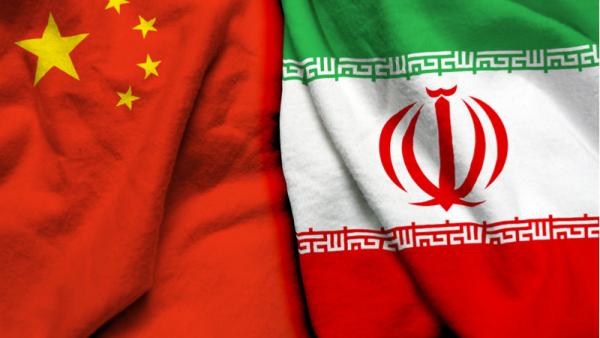
Simone van Nieuwenhuizen, Project and Research Officer, Australia-China Relations Institute, University of Technology Sydney |
This article appeared as part of a ChinaFile conversation on August 1 2018.
Beijing’s reactions to rising tensions between the US and Iran have been quite predictable, and this latest development is unlikely to cause a sudden shift in China-Iran relations. China maintains its commitment to the nuclear deal, is unlikely to implement proposed US sanctions, and will continue to balance its relationships with rival states in the Middle East without necessarily being ‘sucked into’ political hostilities.
In response to Trump’s late-night, all-caps tweet, a Chinese Foreign Ministry spokesperson simply called on the US and Iran to ‘resolve disputes and issues through dialogue and consultation.’ This is the standard Ministry of Foreign Affairs response to any diplomatic tension, and will remain so.
On May 9, the day Trump issued his executive order withdrawing from the Iran nuclear deal, Beijing expressed its ongoing commitment to ‘upholding and implementing the agreement with an objective, fair, and responsible attitude.’ China is invested in holding to the deal, the result of years of negotiations with the ‘P5+1’ (of which it is a member) and the EU. Inked in 2015, it was seen as an important regional stabiliser in aid of its Belt and Road Initiative, in addition to its securing of oil supplies.
It’s important to remember that while China is Iran’s largest buyer of oil, purchasing around a quarter of its crude oil exports, in 2017 it came in sixth place on China’s list of top suppliers. Russia came in first, followed by Saudi Arabia, Angola, Iraq, and Oman. In fact, China’s total crude oil imports from Russia were double those from Iran.
China has thus far been adept at balancing its relations with rival states in the region. For example, following the Saudi-led blockade of Qatar beginning last June, China arguably played a crucial role in the small Gulf state’s economic recovery, building one of its main World Cup stadiums and increasing two-way trade by 36 percent. Saudi Arabia is also hardly on friendly terms with Iran. Nevertheless, it hasn’t shunned China: Earlier in July, Saudi Foreign Minister Adel bin Ahmed Al-Jubeir called China an ‘important strategic partner’ and said both countries would ‘enhance the alignment between the Vision 2030 of Saudi Arabia and the Belt and Road Initiative.’ Despite the United Arab Emirates’ fraught relationship with Iran, it too has been courting China.
US Treasury Secretary Steven Mnuchin said on July 12 that ‘it is our intent to enforce sanctions on Iran related oil against everybody including China.’ China, however, is unlikely to acquiesce. When asked on July 3 whether China would comply with proposed US sanctions, a Foreign Ministry spokesperson replied, ‘China is always opposed to unilateral sanctions and long-arm jurisdiction. China and Iran are friendly countries. . .This is beyond reproach.’
But China is not completely uncritical of Iran. Earlier this month, Beijing rebuked Iran when, in response to proposed US sanctions, it threatened to close the Strait of Hormuz — a strategically critical port for China’s oil imports from the Middle East. China will protect its economic interests, regardless of who makes the next move.
Author
Simone van Nieuwenhuizen is Project and Research Officer at the Australia-China Relations Institute at the University of Technology Sydney.


